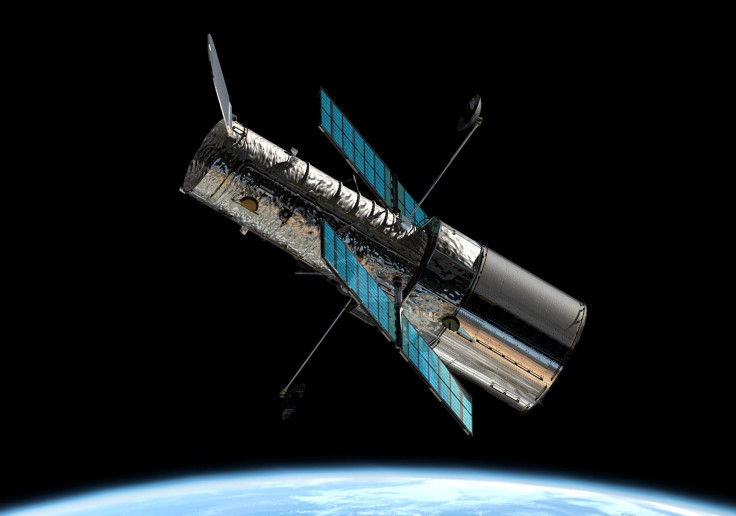Nancy Grace Roman Telescope: Here's Everything You Need To Know About NASA's Latest Mission
KEY POINTS
- The Roman telescope is a space observatory
- Its captured images are 200 times bigger than Hubble's
- NASA will launch it in late 2026
The Nancy Grace Roman Space Telescope is the latest mission in NASA's game plan, and it aims to settle important debates about dark matter and dark energy, exoplanets and infrared astrophysics.
Formerly known as Wide Field Infrared Survey Telescope (WFIRST), this telescope is a next-generation observatory that boasts a 2.4-meter-wide primary mirror, equivalent in size to its cousin, the Hubble Telescope. It has two instruments -- the Wide Field Instrument and the Coronagraph Instrument.
The Roman Telescope is different from Hubble in the way that it can take infrared images that are about 200 times larger than what the latter can capture — but with the same rich details.
This is made possible by its wide field of view, through which the telescope can come up with gigantic panoramic views of the universe. Consequently, NASA will get more images with less observing time.
Congrats on completing two more mirror alignment milestones, @NASAWebb! We love your focus. https://t.co/AdyTpJcfFd pic.twitter.com/ykw4fsHNay
— Nancy Grace Roman Space Telescope (@NASARoman) March 16, 2022
The Wide Field Instrument will be used to measure the light coming from space to map how the cosmos is structured and how much the universe has expanded over time. The Coronagraph Instrument, on the other hand, is designed to capture images of faraway exoplanets or planets that are outside of the solar system.
The telescope got its name from Nancy Grace Roman, NASA's first chief of astronomy and first female executive. It will have a primary mission lifetime of five years, which may potentially be extended for another five years.
The mission achieved a major programmatic milestone in February 2020 due to which it was given the official nod to commence hardware development and testing. More than a year later, in September 2021, it successfully passed its critical design review, marking the completion of its design and developmental engineering work.
Expected to launch in late 2026, the Roman Telescope will surveil 100 million stars for hundred days through its microlensing survey. It is expected to discover about 2,500 exoplanets.
Moreover, the mission is expected to surpass the amount of data collected by any NASA mission that came before it. All the data from the observatory will be made available to the public after complete processing and archiving.
With prior permission, scientists around the world will be able to use the data to enrich their research in the field of astrophysics.

© Copyright IBTimes 2025. All rights reserved.





















